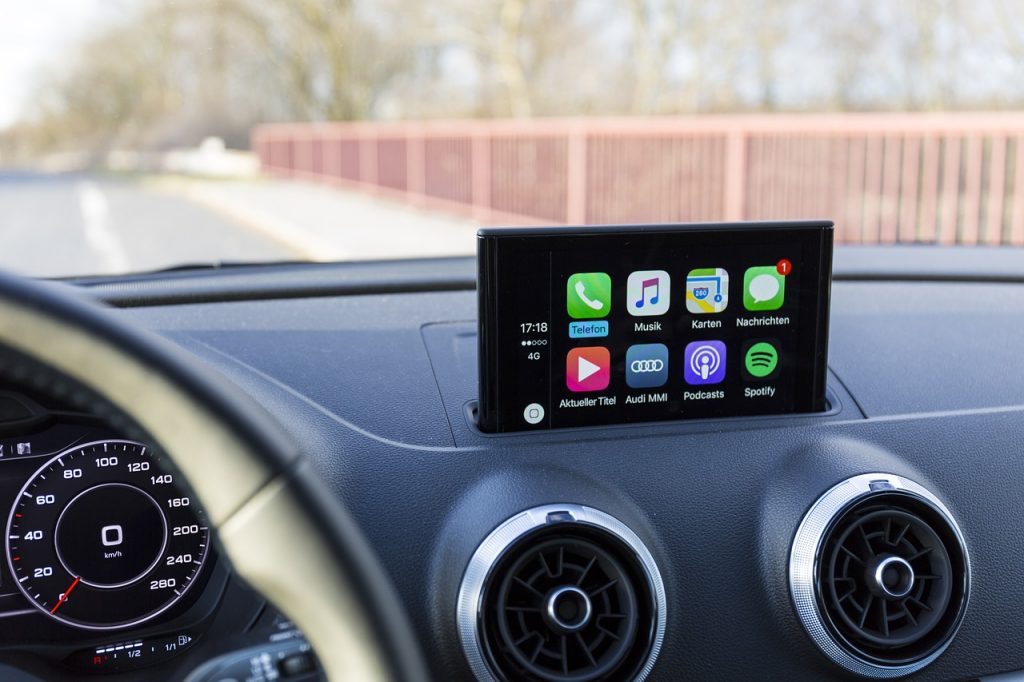
From carving his first tools from stone, humanity has come a long way in terms of technology. With the invention of the wheel, we have built cars which take us to places for durations we once counted for days on foot now accessible in just minutes. With the dawn of the Internet of Things (IoT) wherein more and more of our tools connect to the internet, our cars join the fray as well. Due to the great need our vehicles to also connect online, computer-like devices are nowadays installed in the vehicle to guide with multimedia, location, and other services. In a modern sense, our cars nowadays behave similarly as a computer, or more simply – a carputer.
Basically, a carputer is a device installed onto a vehicle that adds to its functionalities for the convenience of the user. Such computers are capable of playing multimedia, providing GPS, displaying a feed from dash cameras, among others. Such capabilities are made possible because of sensors such as cameras and GPS trackers. Due to the numerous devices, the computer is connected to, it makes use of several standard interfaces including USB and Bluetooth. The computer must employ correct protocols in data communication to ensure fast transmission of data from the sensors for it to also display onto the user in a timely manner.
Currently, there are three available types of carputers for installation on any vehicle capable of having sensors:
[1] The original equipment manufacturer (OEM) infotainment systems come in the form of touchscreens that provide information on climate control, navigation, multimedia, and can access the internet.
[2] The aftermarket head units function similarly to the OEM computers but are more suited for older vehicle models. As such, they are relatively cheaper than the OEM models and make use of fewer premium components.
[3] The DIY carputers are assembled by the user himself. These custom-built computers have components carefully selected based on the user’s needs and as such, are more scalable than the other two types readily sold in the market. They can even surpass the capabilities of the OEM if the user wishes it, allowing it to be capable of more demanding multimedia such as video games.
Having carputers installed in your vehicle can have several benefits. Carputer’s multimedia capabilities make it more enjoyable for the user when using the car. Navigational tools such as GPS and map viewers can immensely help the driver when going through unfamiliar locations, obsoleting the use of confusing paper maps.
However, carputers cost a lot, and repairs are expected since they are used for long periods of time. Replacing car computers also costs a lot. The carputer and its sensors also consume car battery, taking away needed power to run the vehicle in times of emergency. Lastly, over-dependence on the carputer’s capabilities can also render the driver useless once these services suddenly become unavailable. And these situations can occur frequently since not all locations have mobile data and GPS access.
Overall, the carputer is a step forward for our automobiles into the smart era. It comes in several types depending on the user’s preferences. It can open the door to many functionalities for the vehicle, but keep in mind that the driver must not depend too much on these gadgets.



